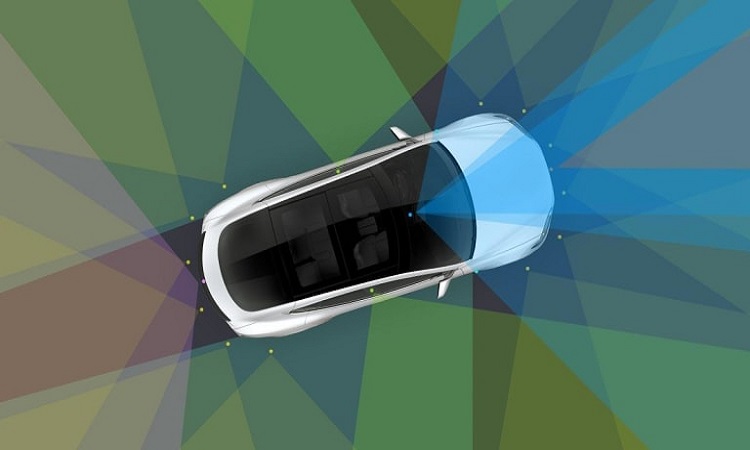Swiss and Japanese researchers are testing a novel automatic steering system that allows drivers and vehicles to “collaborate” while driving.
The system, which is only being tested at the moment, is based on tactile sectors that encourage interaction between humans and machines, as detailed on Tuesday in a statement by researchers from the Federal Polytechnic School of Lausanne (EPFL) and the company. Japanese steering systems JTEKT Corporation.
The idea is to increase the safety of automated driving, its efficiency, and its comfort and to improve its perception by the general public.
For engineer Tomohiro Nakade, self-driving vehicles must adapt to humans and not the other way around.
“A vehicle must be open to negotiation with a human driver, just as a rider transmits his intention to the horse through the reins,” Nakade compared using a metaphor.
In this way, the vehicles that can integrate this system will “cooperate” with the drivers, completing their movements at the wheel or correcting them depending on the situation of the roads on which they drive.
Preliminary research shows that these automated driving systems allow vehicles to take the initiative in driving in cases of potential accidents and collisions.
The first tests of the EPFL and JETKT Corporation project took place in the prefecture of Mie (Japan), and the results were satisfactory for its developers.




